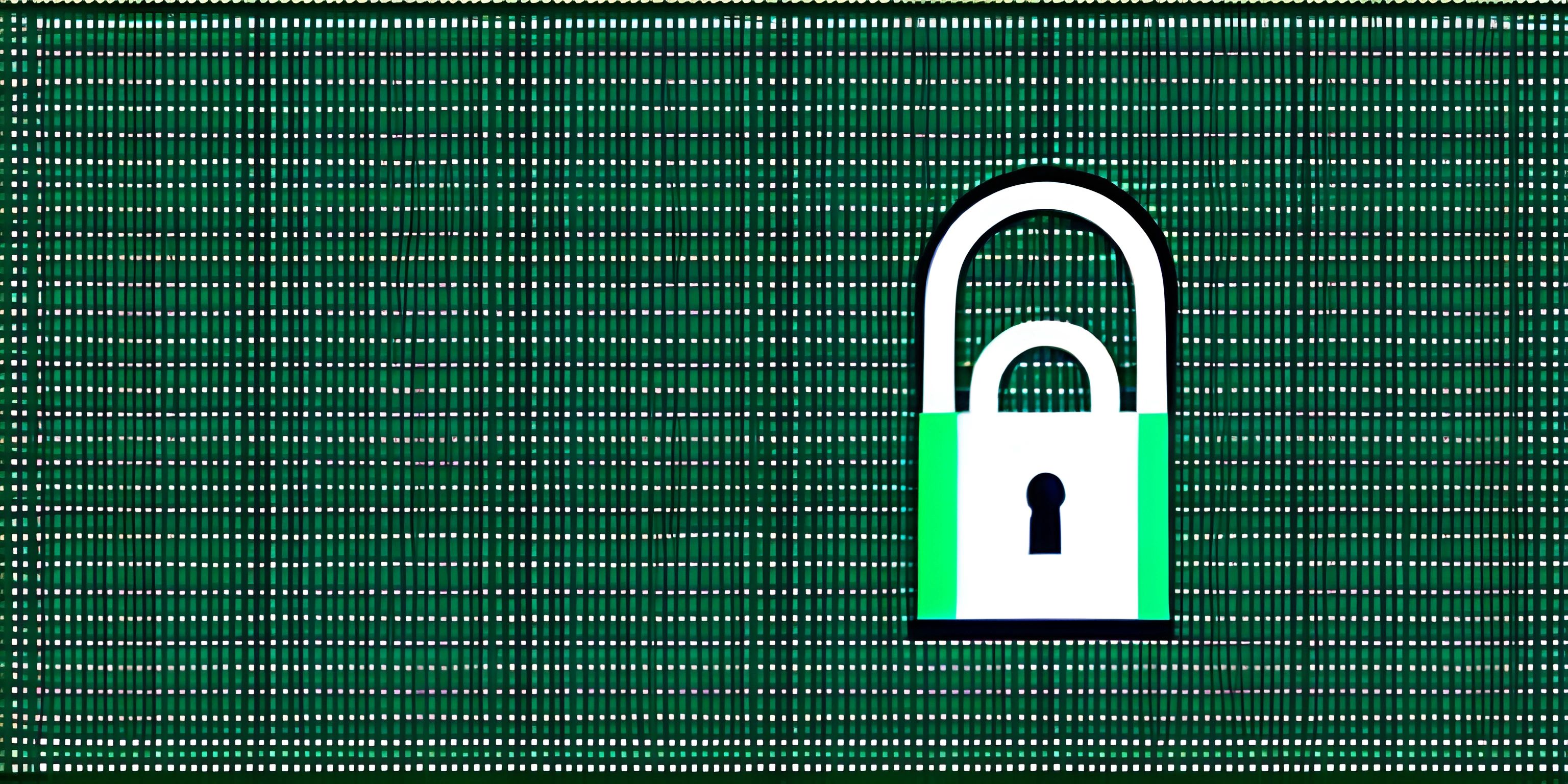Cybersecurity Essentials

Note: this page has been created with the use of AI. Please take caution, and note that the content of this page does not necessarily reflect the opinion of Cratecode.
In the digital age, cybersecurity is more important than ever. With the vast amount of sensitive data stored online, and the ever-increasing number of connected devices, the potential for cyberattacks is immense. In this article, we'll dive into the importance of cybersecurity, and explore various strategies to protect applications and networks from cyber threats.
Importance of Cybersecurity
Cybersecurity is all about safeguarding the sensitive information and assets stored on digital devices and networks. As the world becomes more connected, businesses, governments, and individuals alike face a growing array of cyber threats, such as data breaches, hacking, malware, and ransomware attacks. These incidents can lead to significant financial losses, damage to a company's reputation, and even harm to national security.
Implementing robust cybersecurity measures not only helps to prevent these potential repercussions but also ensures that the integrity, confidentiality, and availability of data are maintained.
Protecting Applications
Applications are a common target for cybercriminals, as they can contain valuable user data and often have direct access to the underlying network infrastructure. Here are some key practices for securing applications:
Secure Development Practices
Start by embracing secure development practices, such as following the OWASP Top Ten guidelines, conducting regular code reviews, and using automated testing tools to identify and fix vulnerabilities.
Input Validation and Sanitization
Validate and sanitize all user inputs to protect against common attacks like SQL injection and cross-site scripting (XSS). Make sure to enforce strict input validation rules and use output encoding techniques to prevent the execution of malicious code.
Encryption and Authentication
Implement strong encryption standards for data storage and transmission, such as using SSL/TLS for secure communication between the application and users. Additionally, employ robust authentication mechanisms like multi-factor authentication to verify users' identities.
Protecting Networks
A secure network is essential for preventing unauthorized access and mitigating potential cyber threats. Here are some best practices for network protection:
Firewall and Intrusion Prevention Systems
Deploy firewalls to control incoming and outgoing network traffic, and use intrusion prevention systems (IPS) to detect and block potential threats in real-time.
Regular Updates and Patch Management
Keep all software, firmware, and operating systems up-to-date with the latest security patches. Regularly updating your network components reduces the risk of exploiting known vulnerabilities.
Network Segmentation
Divide your network into smaller, isolated segments to limit the potential impact of a security breach. Implement access controls to restrict user access to only the necessary resources.
Monitoring and Incident Response
Establish a comprehensive monitoring system to detect and analyze potential threats in real-time. Implement a well-defined incident response plan to handle security incidents swiftly and efficiently.
By understanding the importance of cybersecurity and implementing the practices mentioned above, you can significantly reduce the likelihood of falling victim to cyberattacks and safeguard your digital assets.
Hey there! Want to learn more? Cratecode is an online learning platform that lets you forge your own path. Click here to check out a lesson: Why Program? (psst, it's free!).
FAQ
What is cybersecurity and why is it important?
Cybersecurity is the practice of protecting computer systems, networks, and data from theft, damage, or unauthorized access. It is essential because it helps ensure the safety and privacy of individuals and businesses, preventing potential losses and reputational damage caused by cyber attacks.
What are some common cybersecurity threats and how can they be prevented?
Some common cybersecurity threats include phishing, malware, ransomware, and DDoS attacks. Preventive measures include:
- Educating users about the risks and safe online practices
- Regularly updating software and systems
- Installing and maintaining firewalls, antivirus, and anti-malware software
- Using strong, unique passwords and multi-factor authentication
- Regularly backing up important data
How can I protect my application against cybersecurity threats?
To protect your application, follow these steps:
- Keep your software and dependencies up to date
- Implement secure coding practices, such as input validation and proper error handling
- Protect sensitive data by encrypting it and securely storing encryption keys
- Use secure communication protocols, such as HTTPS
- Regularly test and monitor your application for vulnerabilities and potential attacks
What is the role of network security in cybersecurity?
Network security is a crucial aspect of cybersecurity, as it focuses on protecting the infrastructure and devices connected to a network. It involves implementing security measures like firewalls, intrusion detection systems, and access controls to prevent unauthorized access, data breaches, and other cyber threats.
How can organizations improve their cybersecurity posture?
Organizations can improve their cybersecurity posture by:
- Developing and implementing a comprehensive cybersecurity strategy
- Regularly training employees on cybersecurity best practices
- Conducting regular risk assessments and vulnerability scans
- Keeping systems, software, and devices up to date
- Implementing robust access controls and monitoring for suspicious activity





